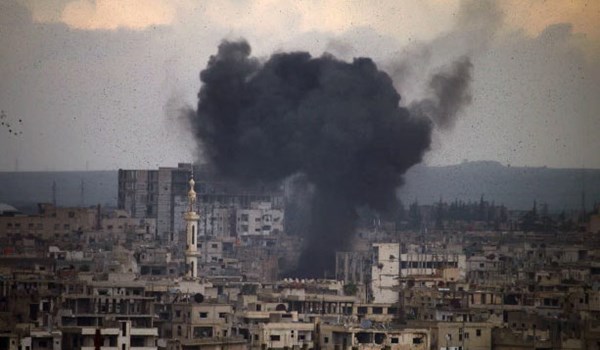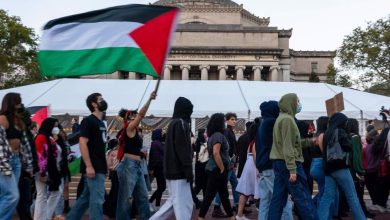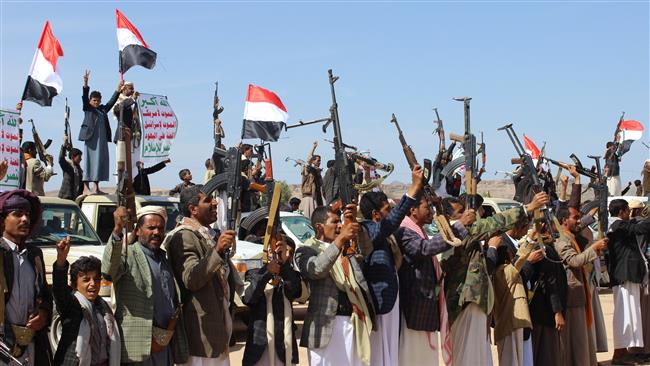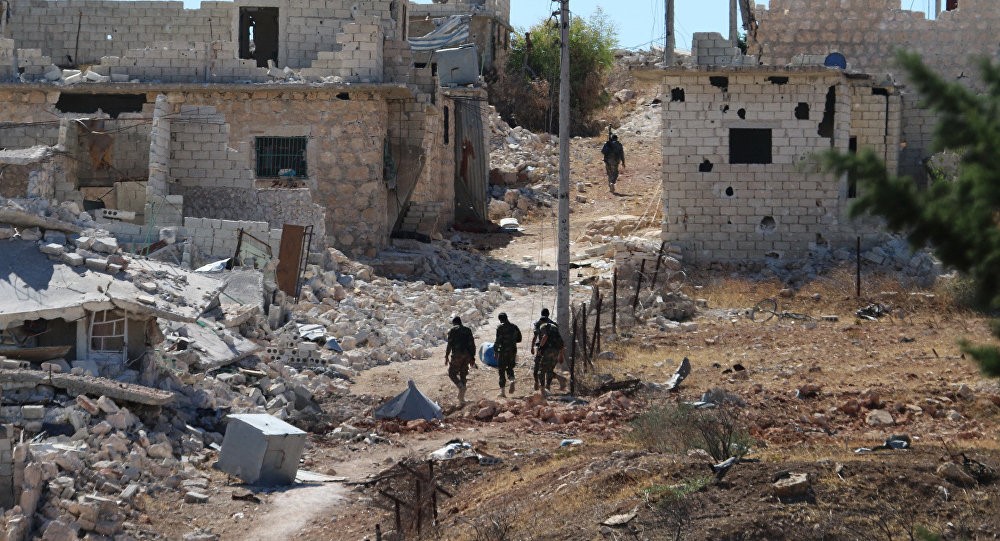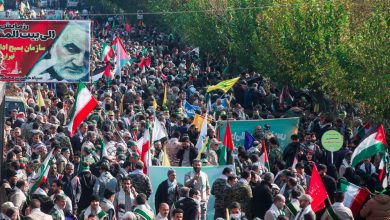Iranians, other Muslims attend mourning processions in millions to mark Tasu’a
Millions of Muslims across Iran and other countries are taking part in nationwide processions on Tasu'a, which marks the ninth day of the lunar calendar month of Muharram and precedes Ashura, the day when Imam Hussein, the third Shia imam, was martyred.
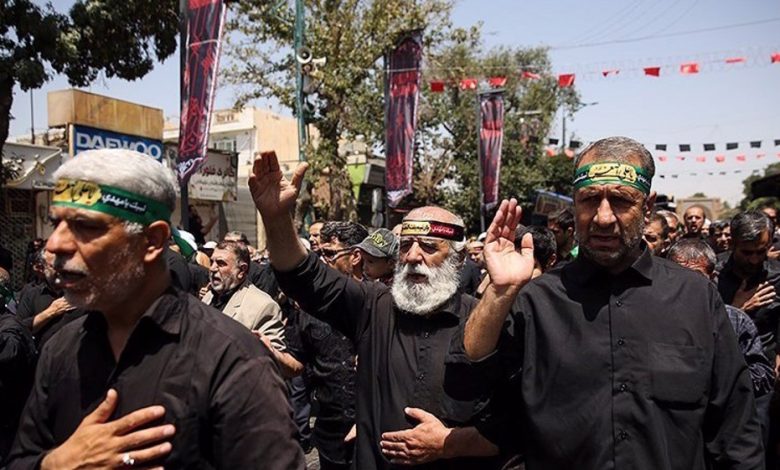
Shia Muslims hold mourning ceremonies during the first 10 days of Muharram to remember Imam Hussein (AS), a grandson of Islam’s Prophet Muhammad (Peace be upon Him), and his 72 companions, who were martyred in the Battle of Karbala, in southern Iraq, in 680 AD after fighting courageously for justice against the much larger army of the Umayyad caliph, Yazid I.
Donning black attire to show their sorrow, Iranians from all walks of life joined processions on Thursday that started from the early morning and would last until about midnight.
During the ceremonies, eulogists recite the events of the Battle of Karbala and Islamic scholars elaborate on the underlying messages of Imam Hussein’s stance against tyranny.
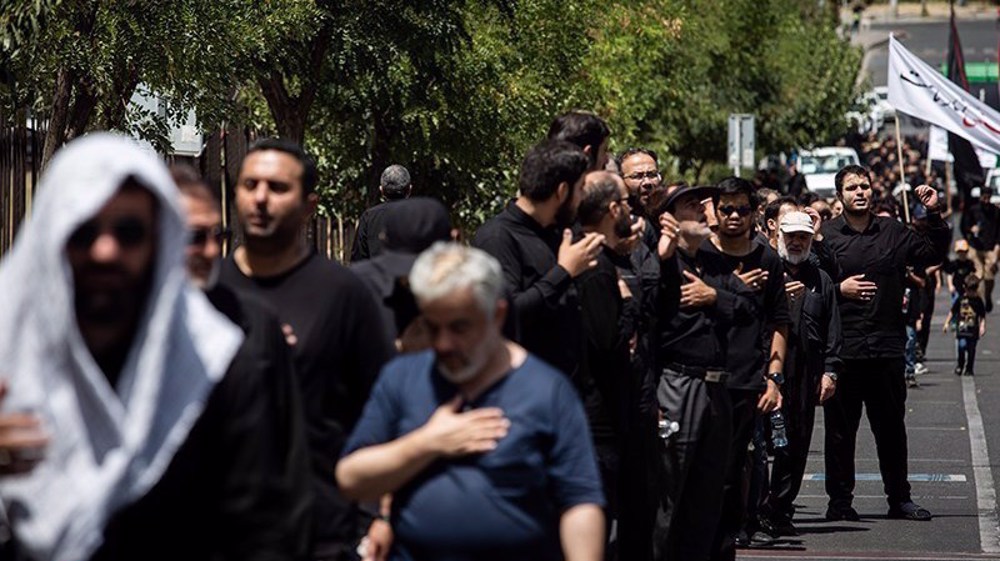
The highlight of the processions in Iran, however, is Ta’zieh, a national and religious dramatic performance that is mostly used to narrate the story of the martyrdom of Imam Hussein and his companions in Karbala.
Ta’zieh was registered on the United Nations Educational, Scientific and Cultural Organization (UNESCO) list of the Intangible Cultural Heritage of Humanity in 2011.
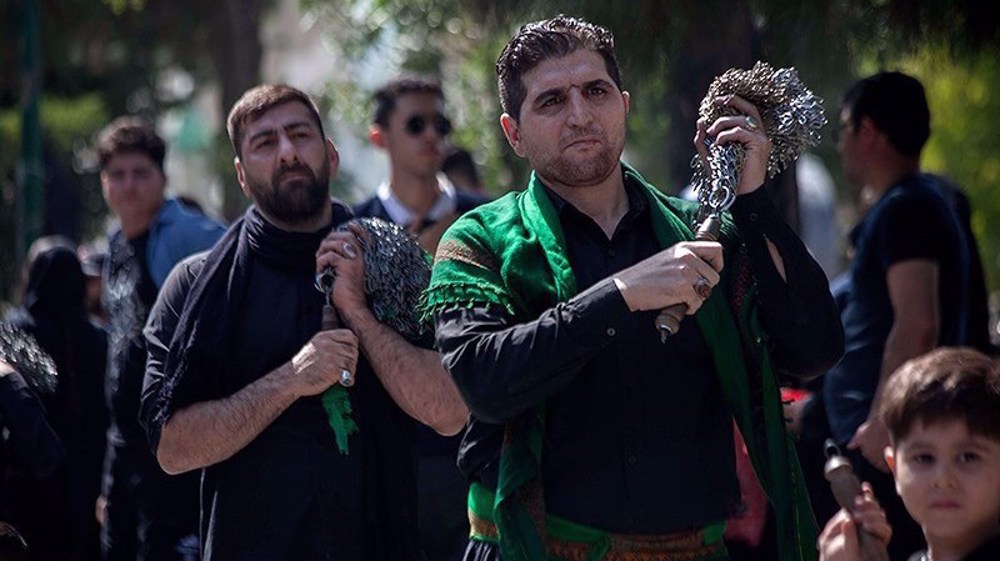
Tasu’a is devoted to Abbas ibn Ali, Imam Hussein’s half-brother, who made great sacrifices to protect the Imam and his family and was eventually martyred on the 10th day of Muharram, or Ashura, shortly before Imam Hussein himself.
He was martyred as he tried to bring water for women and children in Imam’s camp, who had no water to drink for days due to a siege by the enemy.
Abbas’ loyalty to Imam Hussein (AS) and his bravery in the face of Yazid’s massive army is why Tasu’a is called the Day of Loyalty and Resistance in his honor.
He is buried in the city of Karbala in his own shrine, which is within walking distance from Imam Hussein’s mausoleum.
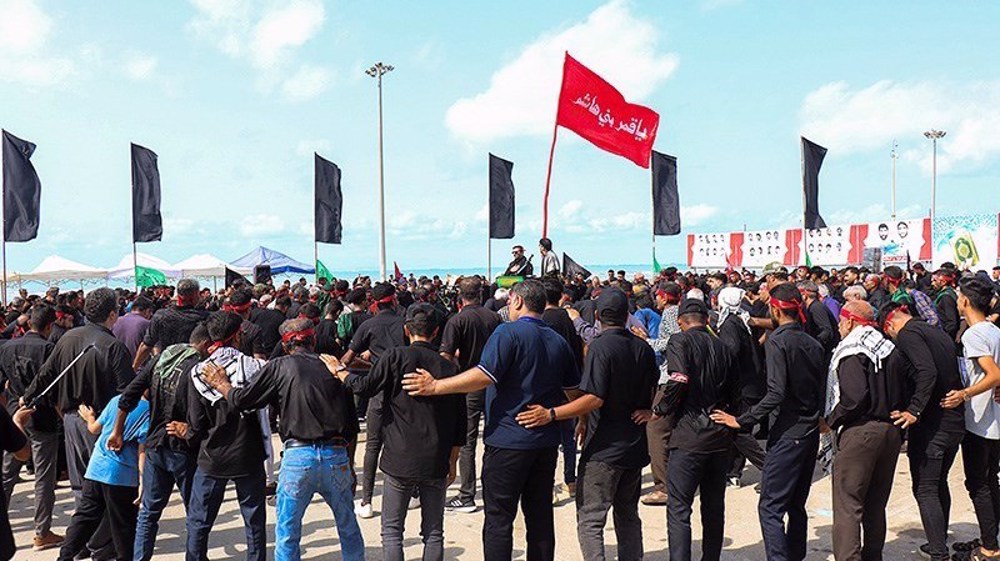
Many Iranians also travel to Iraq to partake in mourning rituals at the holy shrines in Karbala, as well as in Najaf, where Imam Hussein’s father, Imam Ali (AS), is buried.
Mourning ceremonies are held in other Shia communities across the world, including in Lebanon, Bahrain, Azerbaijan, Pakistan, Afghanistan, Indian-controlled Kashmir as well as Nigeria.
This year’s processions in Kashmir are being held after a 33-year ban was lifted. They are the first since the state government imposed a ban on the religious ceremonies in the Muslim-majority Himalayan region in 1990, the year after an armed revolt against Indian rule erupted there.
Top police officers and administrators walked alongside mourners, who marched through the streets of the capital Srinagar, beating their chests and waving flags, following several rounds of negotiations between officials and clerics to allow the march to proceed.

“This is a dividend of peace,” the city’s top administrator Mohammad Aijaz told reporters after the procession concluded without incident.
This year’s procession was by far the largest in a generation, and the first time many of those who joined were allowed to participate.
Authorities allowed the procession on condition that mourners would not shout slogans demanding independence or display any references to “banned organizations.”
